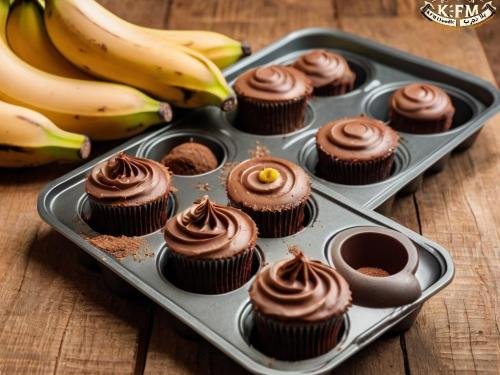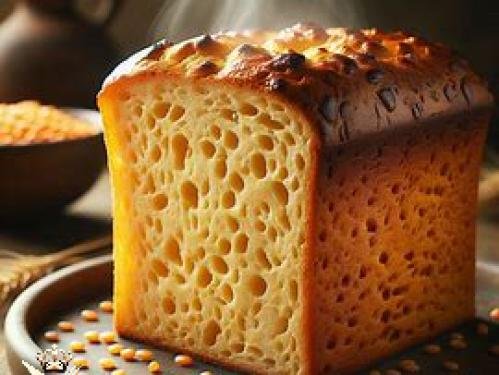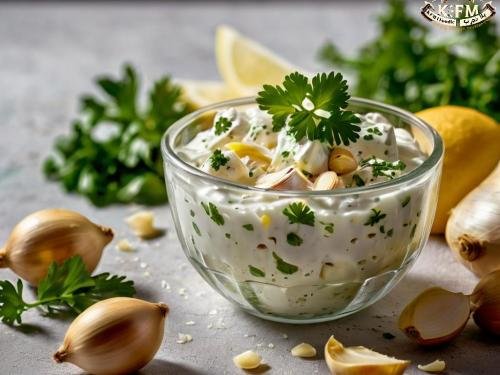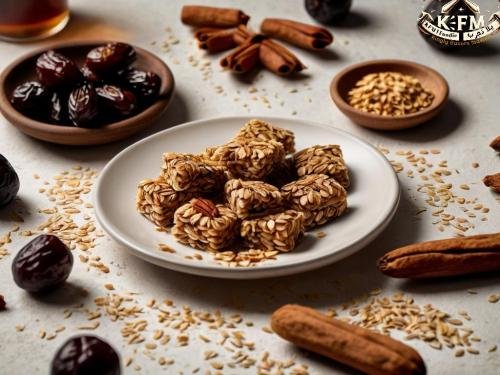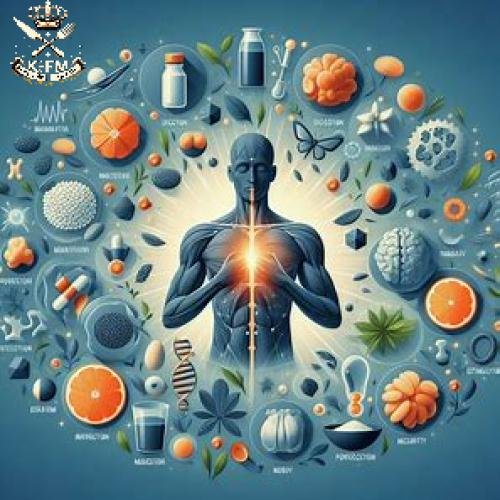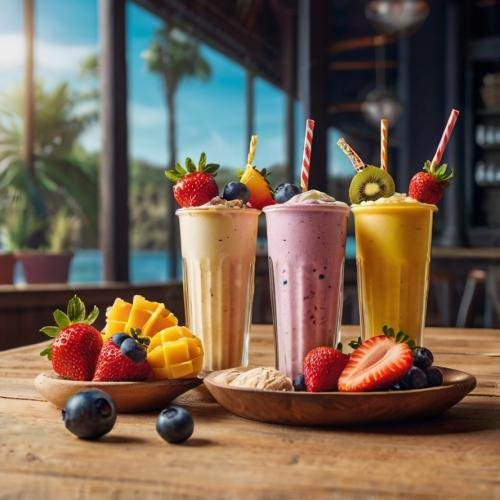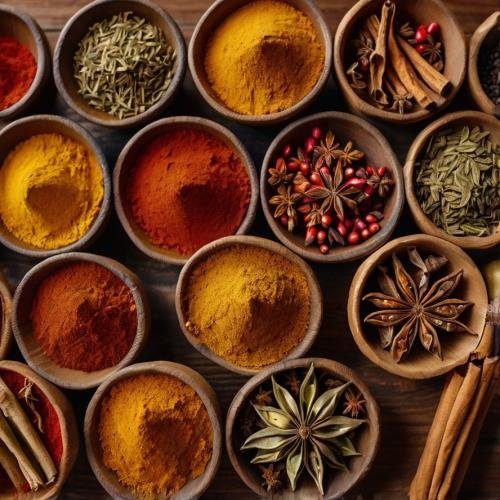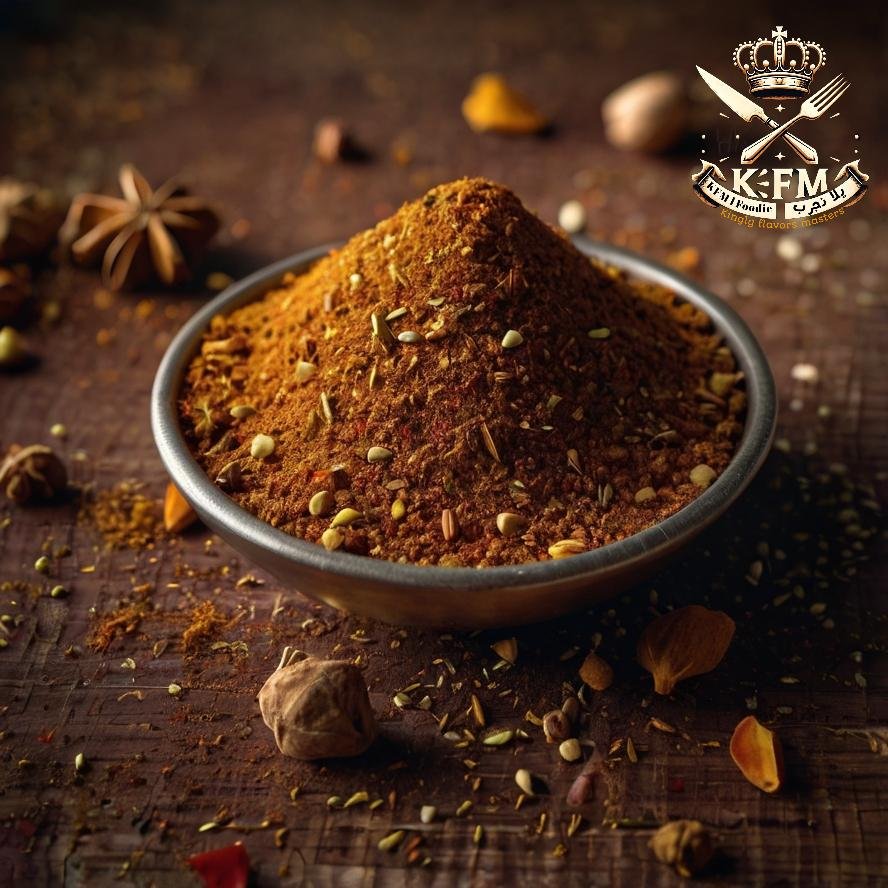
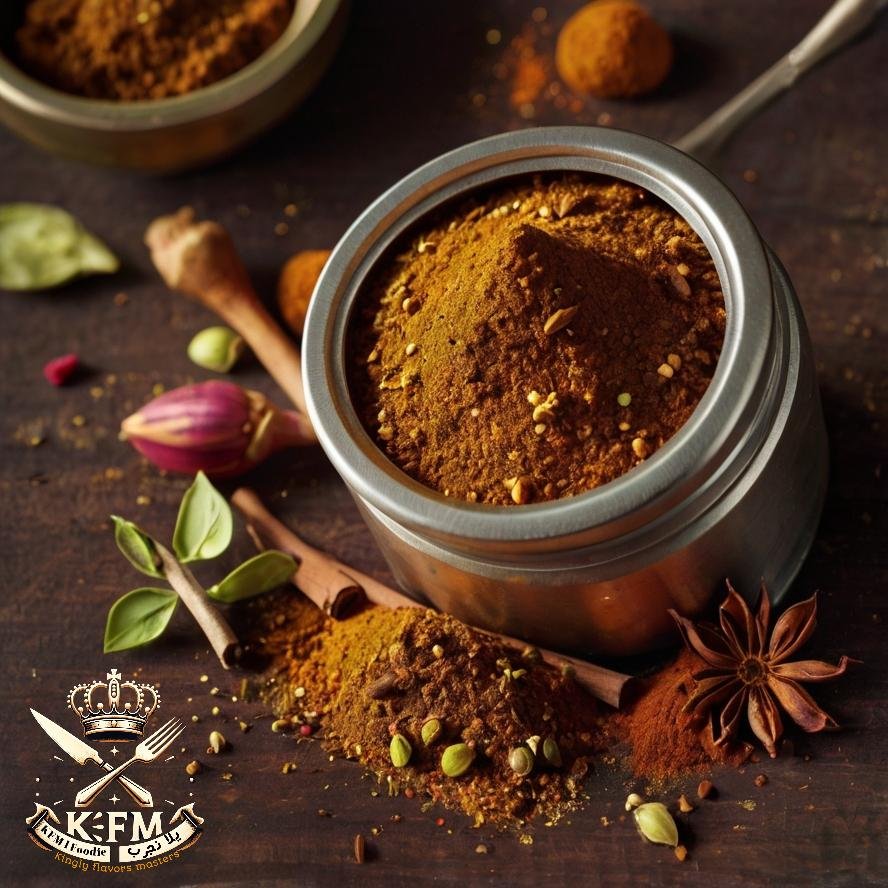
Health Benefits:
- Coriander: Aids digestion, improves liver health, reduces inflammation, and is rich in iron and magnesium. It helps treat acne and eczema, contributes to skin cell renewal, promotes hair growth, strengthens hair follicles, and helps fight dandruff.
- Cumin: Improves digestion, reduces bloating, helps with weight loss, strengthens bones, and protects against osteoporosis. It also helps relieve cold and flu symptoms, acts as a natural respiratory cleanser, and contains anti-inflammatory and antioxidant properties.
- Black Pepper: Boosts metabolism, reduces appetite, contains piperine which enhances the absorption of other nutrients, improves memory and concentration, protects the brain from damage, improves vision, and protects against eye diseases.
- Mustard Seeds: Aid digestion, stimulate circulation, contain antioxidants that protect cells from damage, help strengthen hair and prevent hair loss, and are used to treat some skin conditions such as psoriasis.
- Fennel: Soothes the digestive system, reduces cramps, helps with sleep, aids in treating urinary tract infections, works as a pain reliever, and calms the nerves.
- Cloves: Have antibacterial and antifungal properties, are used to treat dental and gum issues, protect against tooth decay, and help treat indigestion and bloating.
- Bay Leaves: Help lower blood pressure, improve heart health, contain antioxidants, are used to treat wounds and burns, promote hair growth, and strengthen hair follicles.
- Dried Red Pepper: Boosts metabolism, reduces appetite, contains capsaicin, which has anti-cancer properties, helps lower blood pressure, reduces the risk of heart disease, and enhances the body's immunity.
- Turmeric: One of the strongest antioxidants, reduces inflammation, protects the brain, used to treat many chronic diseases, protects the liver from damage, improves its function, and reduces pain and swelling associated with arthritis.
- Cinnamon: Helps regulate blood sugar levels, reduces the risk of heart disease, contains antioxidants, helps treat coughs and throat inflammation, improves digestion, and reduces gas.
- Cardamom: Improves digestion, reduces gas, and is used to treat respiratory issues.
Additional Tips:
- Choosing Spices: Make sure to buy fresh spices for the best flavor and quality. Most of these spices can be found in Indian markets or specialized herbal stores.
- Balancing Flavors: You can adjust the amount of dried red pepper according to your preferred level of heat in your food.
- Using the Spice Blend: Garam masala can be used in a variety of dishes, such as curry, soups, and grilled dishes, to add depth and unique flavor.
Garam masala is a staple in Indian cuisine and a fantastic addition to any kitchen looking to explore new flavors. With this homemade blend, you’ll be able to enhance the taste of your dishes with a touch of authenticity and Indian tradition.
Note: This recipe is ideal for those who enjoy strong flavors and spicy dishes. However, it is advised to avoid it for individuals with digestive issues or sensitivities to hot spices.
Garam masala is a blend of spices used in small amounts, so the calories for each ingredient are low. However, I will provide you with an approximate estimate of the calories and nutritional values based on the total amount of spices used in the recipe.
Warning
Despite its many benefits, there are some precautions to consider when consuming garam masala:
- Digestive Issues: Some spices, such as black pepper and cinnamon, may irritate the stomach in individuals with gastric ulcers or irritable bowel syndrome (IBS).
- Interaction with Medications: Turmeric and black pepper can interact with blood thinners like warfarin, so it is advisable to consult a doctor before regular use.
- Allergies: Some people may have allergies to certain ingredients, such as cinnamon or cloves.
Frequently Asked Questions
What is the difference between garam masala and curry powder?
Garam masala is an aromatic spice blend typically added at the end of cooking to enhance flavor, whereas curry powder contains a high amount of turmeric and is used during cooking to give the dish a stronger flavor and color.
Can garam masala be made without certain spices like cloves or bay leaves?
Yes, the recipe can be adjusted as desired, but removing some spices may affect the final flavor. You can substitute cloves with a bit of nutmeg or increase the amount of cinnamon to compensate for the strong taste.
Can garam masala be used in Arabic dishes?
Yes, garam masala can be added to dishes like kabsa or stews to enhance flavor, especially if you enjoy warm, aromatic spices in your food.
How long does homemade garam masala last?
It is best used within 3 to 6 months to maintain its strong flavor, but it can last up to a year if stored properly.
Can garam masala be bought ready-made? What is the difference between store-bought and homemade?
Yes, garam masala is available in stores, but it may contain preservatives or less fresh ingredients compared to homemade versions. Grinding your own spices ensures a stronger flavor and better quality.
Calories and Nutritional Values:
- Coriander (2 tablespoons - about 12 grams):
- Calories: 5 kcal
- Protein: 0.3 grams
- Fat: 0.1 grams
- Carbohydrates: 1.1 grams
- Fiber: 0.5 grams
- Cumin (1 tablespoon - about 7 grams):
- Calories: 30 kcal
- Protein: 1.3 grams
- Fat: 1.5 grams
- Carbohydrates: 4.5 grams
- Fiber: 2 grams
- Black Pepper (1 tablespoon - about 6 grams):
- Calories: 15 kcal
- Protein: 0.6 grams
- Fat: 0.1 grams
- Carbohydrates: 3.8 grams
- Fiber: 1.6 grams
- Mustard Seeds (1 teaspoon - about 2.5 grams):
- Calories: 12 kcal
- Protein: 0.5 grams
- Fat: 0.9 grams
- Carbohydrates: 1.4 grams
- Fiber: 0.7 grams
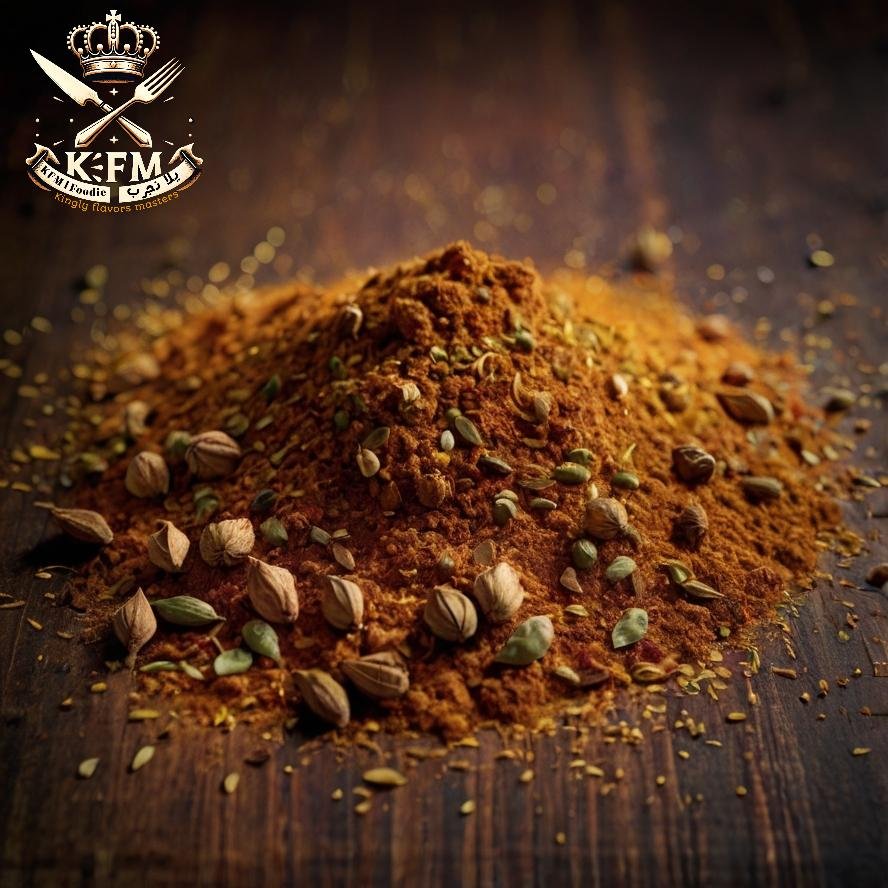
- Fennel (1 teaspoon - about 2.5 grams):
- Calories: 7 kcal
- Protein: 0.3 grams
- Fat: 0.2 grams
- Carbohydrates: 1.3 grams
- Fiber: 0.6 grams
- Cloves (10 cloves - about 2 grams):
- Calories: 6 kcal
- Protein: 0.2 grams
- Fat: 0.3 grams
- Carbohydrates: 1.5 grams
- Fiber: 0.5 grams
- Bay Leaves (4 leaves - about 2 grams):
- Calories: 6 kcal
- Protein: 0.1 grams
- Fat: 0.2 grams
- Carbohydrates: 1 gram
- Fiber: 0.8 grams
- Dried Red Chili Pepper (2 peppers - about 2 grams):
- Calories: 6 kcal
- Protein: 0.2 grams
- Fat: 0.1 grams
- Carbohydrates: 1.5 grams
- Fiber: 0.7 grams
Additional Ingredients:
- Turmeric (1 tablespoon - about 7 grams):
- Calories: 25 kcal
- Protein: 0.8 grams
- Fat: 0.7 grams
- Carbohydrates: 5.3 grams
- Fiber: 1.4 grams
- Cinnamon (1 teaspoon - about 2.6 grams):
- Calories: 6 kcal
- Protein: 0.1 grams
- Fat: 0.03 grams
- Carbohydrates: 1.6 grams
- Fiber: 1.1 grams
- Cardamom (1 teaspoon - about 2 grams):
- Calories: 6 kcal
- Protein: 0.2 grams
- Fat: 0.2 grams
- Carbohydrates: 1.3 grams
- Fiber: 0.6 grams
The total calories of the spice blend are very low due to the small quantities of each ingredient used, as these spices typically add more flavor than calories to your dishes.














